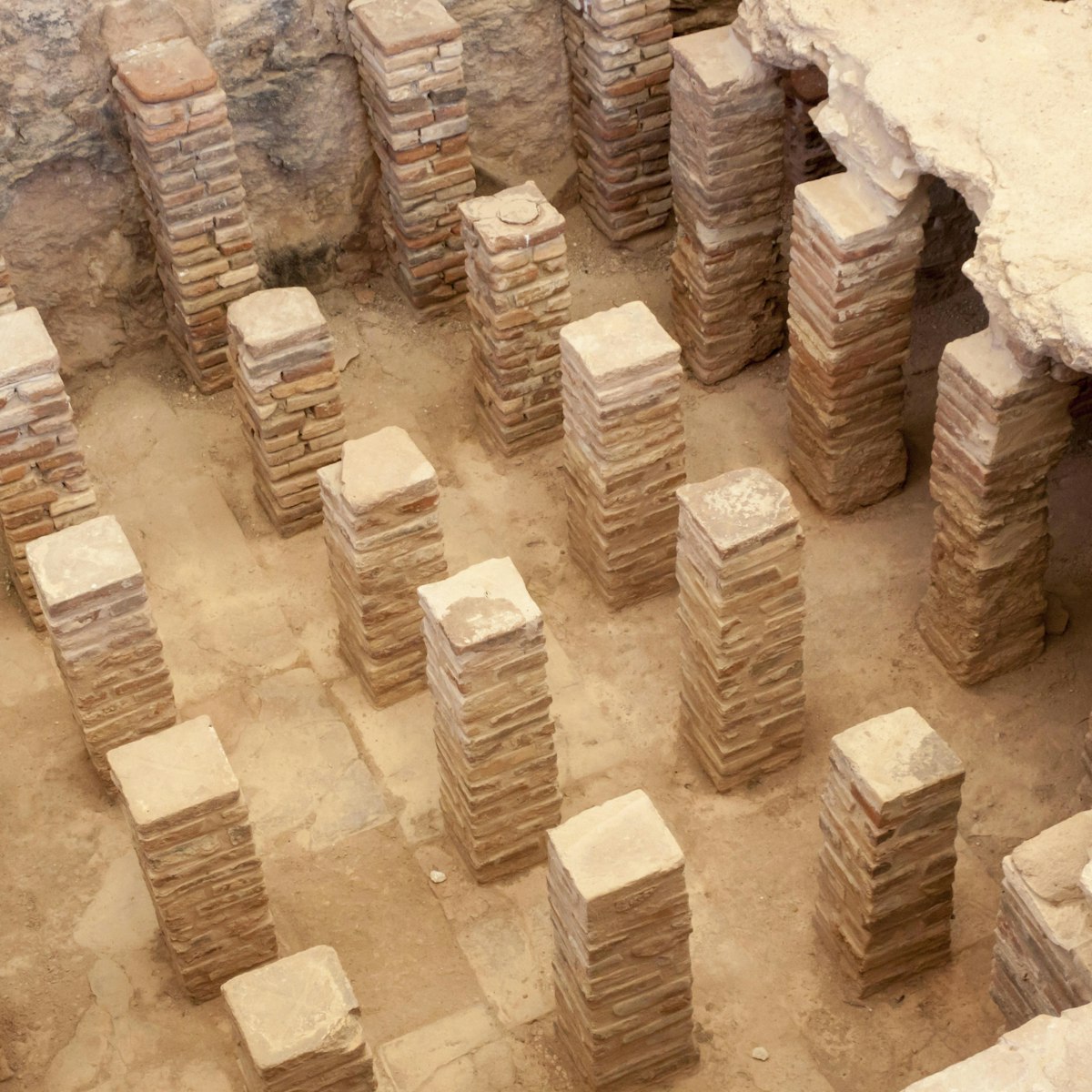The island’s most prosperous and opulent Orthodox monastery was founded in the 11th century by Byzantine emperor Alexios I Komninos after a bizarre series of events. Over the centuries, a series of fires all but destroyed the original monastery. The surviving building, an imposing and well-maintained structure, dates from 1831.
The monastery is about 20km west of Pedoulas; try to visit early, as it can get busy from late morning onwards. Dress conservatively (though shawls and cover-up clothing are provided).
The story behind the monastery started with a hermit called Esaias (Isaiah), who lived in a cave close to the site. One day in the forest, Esaias crossed paths with a hunter from Nicosia, Manouil Voutomytis, who was also the Byzantine governor of Cyprus. Voutomytis was lost and asked directions from the recluse, only to be ignored because of Esaias’ ascetic vows. The self-important hunter became outraged at what he perceived to be the hermit’s insolence, cursing at him and shoving him as a lesson.
Upon returning to Nicosia, Voutomytis began to suffer incurable lethargy. He recalled how he had mistreated Esaias and set out to beg forgiveness, in the hope of restoring his failing health. Meanwhile, a vision from God appeared to Esaias, telling him to charge Voutomytis with the task of bringing an icon of the Virgin Mary from Constantinople to Cyprus.
At the hermit’s request, and after much soul-searching, Voutomytis was eventually able to bring the icon to Cyprus. He convinced the Byzantine emperor in Constantinople, whose daughter suffered the same lethargic affliction, that she would be saved if they did what the hermit (and therefore God) had asked.
The icon, said to be painted by St Luke, is one of only three that survive. For the last four centuries it has sat in a sealed, silver-encased box within the Kykkos Monastery.








